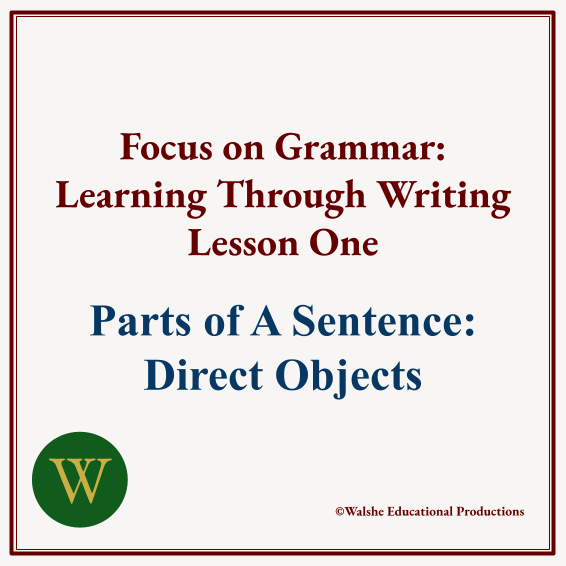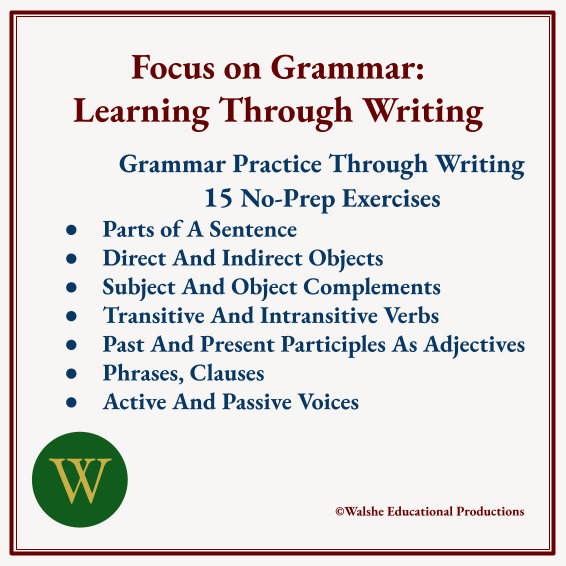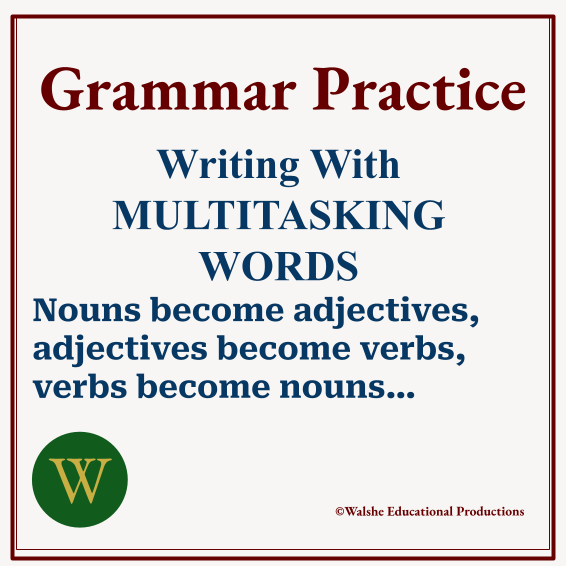grammar

How To Learn Grammar
Knowing the difference between dependent and independent clauses, knowing what a transitive verb is, knowing how a past participle becomes an adjective are all useful, skill enhancing pieces of knowledge.
Beyond the obvious advantage of encouraging clear communication, studying grammar promotes a more self-aware use of language and more insightful writing.
Writers familiar with the rules of grammar have access to a bank of multiple options available to express any thought. Close knowledge of the mechanics of the language can solve problems from run-on sentences to missing parallelism.
This example shows two ways of correcting a run-on sentence:
The afternoon was hot, Bob stood next to the fan. (Error: This sentence uses a comma to join two complete sentences)
Correction 1: The afternoon was hot. Bob stood next to the fan. (Corrected by separating the complete sentences with a period.)
Correction 2: Because the afternoon was so hot, Bob stood next to the fan. (Corrected by turning the first sentence into a dependent clause by adding the word “Because” and adding a comma after “hot”.)
The best way to practice and learn grammatical concepts is to apply them in writing exercises. A grammar lesson in understanding direct objects that includes basic definitions, examples and exercises is linked below.

This lesson is part of my collection of 15 grammar writing practice lessons, which combine reinforcing writing practice with simple, complete definitions of grammatical concepts.

Multitasking Words
Want a fun grammatical challenge?
Try a lesson in writing sentences with multitasking words. Notice two different meanings of this sentence:
The child saw the orange train.
Meaning 1: The child saw a train that was orange.
Meaning 2: The child saw an orange training.
No, oranges do not really train. The point is that the sentence could be interpreted as meaning an orange was training. This happens because many words can be used as more than one part of speech. The reason for this is found in linguistic processes that adapt words from one part of speech to another. Many verbs are formed from nouns. You comb your hair with a comb, you rake leaves with a rake, you water plants with water. Many adjectives are formed from the past forms of verbs. A cooked egg has been cooked, a finished project has been finished, a cleaned dish has been cleaned, etc. Adjectives are often used as nouns in shortened forms of noun phrases. New information becomes “news”, fried potatoes become “fries”, introverted people become “introverts”.
This lesson is a great way for anyone to apply and reinforce their knowledge of grammatical categories. The process of thinking about how to use one word in more than one way gives a deeper understanding of the differences between parts of speech. Some students, especially English language learners who try this activity sometimes struggle at first with the concept. The difficulty they experience is usually due to the fact that they may know the definitions of nouns, verbs and adjectives, but do not yet have a well developed sense of their usage.
Once they have grappled with the activity for a while, they get it and then really enjoy writing the sometimes very funny sentences they invent. The bottom line is that after flexing their mental muscles, most students really enjoy this lesson and come away with a deeper understanding of parts of speech. If you’re interested in using this activity, see the link below to buy the lesson.

For more lessons in grammar and lessons in fiction writing, poetry, rhetoric, vocabulary and logic, click on the link below to reach my Teachers Pay Teachers store.